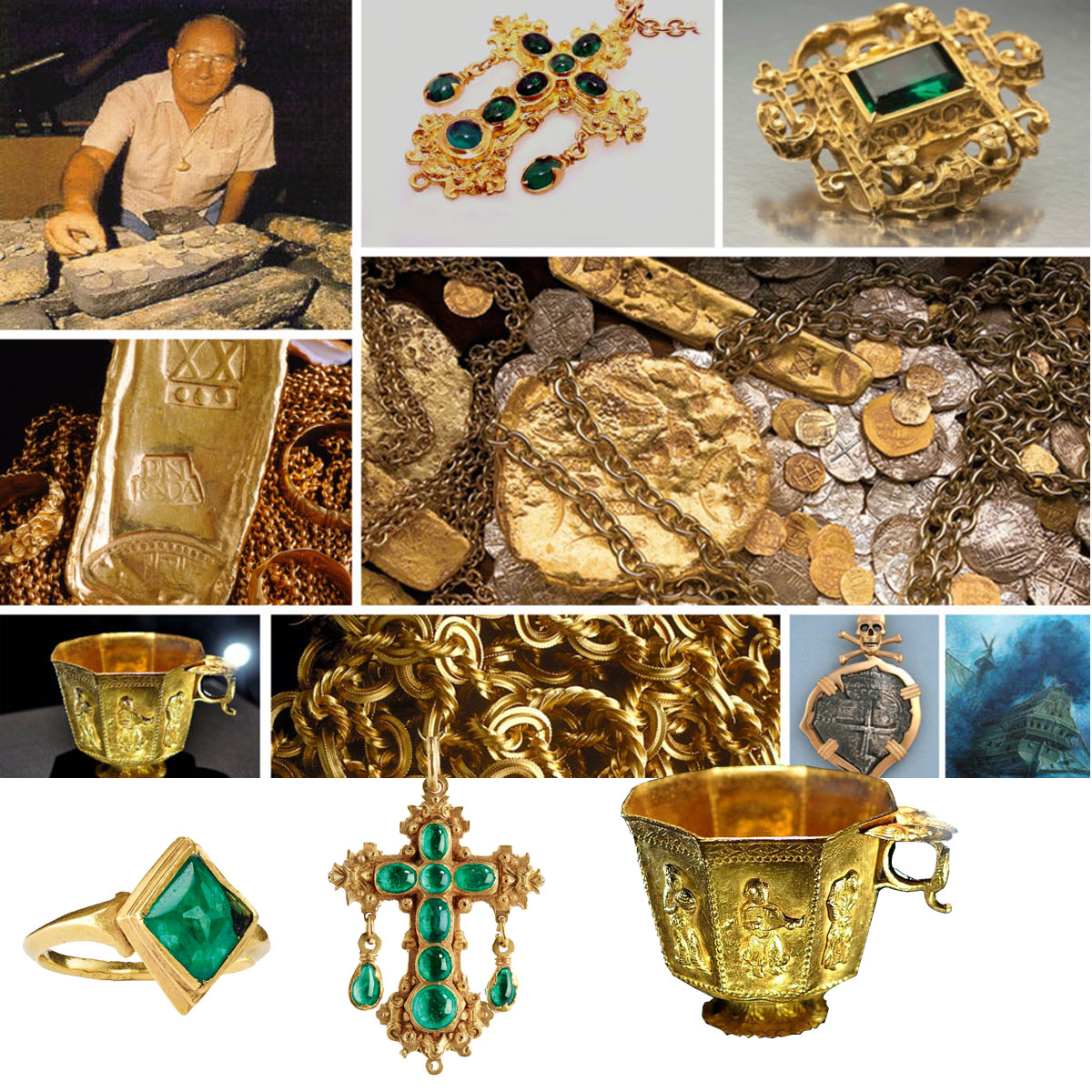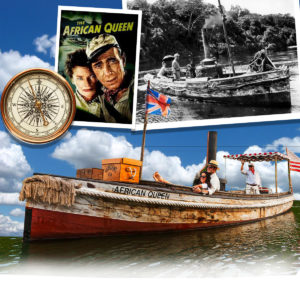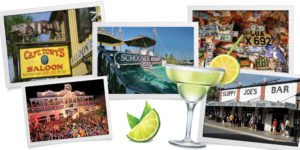Throughout history, adventurers, castaways, smugglers, runaways, and renegades have been attracted by the Florida Keys.. A significant part of Keys’ legendary lore is that long ago pirates inhabited the islands.
The waters of the Gulf Stream and the Florida straits were once the primary shipping lanes for Spanish treasure fleets that supplied most of the world’s precious metals. By 1537, treasure ships protected by heavily armed warships were making yearly runs between Seville Spain and the New World, which included Mexico, Central America, and South America via the Caribbean.
These highly-organized and well-guarded treasure fleets were called flotas, and the Spanish monarchy came to rely upon the income realized from a 20% royal tax collected on all cargo carried by them to and from the New World and Spain.
These ships were heavily fortified against pirates, but there was little that could be done to protect them from bad weather. Long before the advent of radio and navigational aides like radar existed, captains were at the mercy of mother nature. Strong storms and Hurricanes could not be foreseen.
When sudden storms emerged, it is believed that the ships were tossed about by strong winds, waves and currents until they crashed upon underwater hazards like natural reefs, or ran aground in their attempts to reach Caribbean islands that would have offered shelter from the winds and high water.
Ships that were damaged and sinking were often steered towards islands in an attempt to save the lives of the crew and offload precious cargo. This gave rise to the practice of burying treasure, burning and sinking the remains of the ship, and mapping the location, (hence the treasure map.)
Surviving ships would return to Europe and recount their experiences. Elaborate and detailed manifests listed the ships cargo, but recovery depended on little more than crew accounts and crude maps.
Most of the treasure has never been found.
There are over three hundred significant wrecks carrying billions of dollars worth of cargo that remain undiscovered.
This gave rise to the advent of shipwreck treasure hunting and salvage operations. While many scholars have long discounted the practice…there are those that believe these riches can be found.
One famous Key West resident and treasure hunter was Mel fisher who searched for 16 years for the remains of the Nuestra Senora De Atocha, a ship that sank off the Florida Keys during a hurricane in 1622.
He never gave up on his dream despite several personal and financial losses. He is equally famous for his optimism and daily mantra “Today’s the Day”!
Finally, on July 20th, 1985 – he found the ships motherlode – worth over 400 million in today’s dollars.
Over 40 tons of silver and gold were located including over 100,000 Spanish silver coins known as “Pieces of Eight”, gold coins, Columbian emeralds, silver and gold religious artifacts and over 1000 silver bars.
Once he found the treasure, the state of Florida tried to lay claim to the fortune. Mel fought the state for years in court for the rights to the find. He eventually won his case that went all the way to the Supreme Court.
Although a substantial part of the treasure has been recovered, much of it remains offshore to this day.
To finance continuing salvage operations, Mel established The Shipwreck Museum in Key West. Visitors can learn more about his quest, view the treasure first-hand, and even purchase artifacts.
To learn more, visit the museum in Key West at 200 Greene Street
Key West, Florida 33040 or online at: www.melfisher.org.




